On the afternoon of October 1, Chairman of the Ho Chi Minh City People's Committee Nguyen Van Duoc and a working delegation of the City People's Committee worked with Becamex Group on the implementation plan of the railway routes that the group proposed to invest in.
According to Becamex Group, the unit proposed two key railway lines considered the "backbone" of the future transportation system, including the Bau Bang - Cai Mep line and the Ho Chi Minh City - Can Tho line.
The investment goal of these two railway lines is to form a green, modern logistics network for Ho Chi Minh City, playing a pivotal role in regional economic development.

Chairman of Ho Chi Minh City People's Committee Nguyen Van Duoc noted that Becamex should focus resources on researching and clarifying the scale and investment plan for the Bau Bang - An Binh - Cai Mep railway line.
Specifically, the Bau Bang - An Binh - Cai Mep route is about 127km long with a design speed of 160km/h for passenger trains and 120km/h for freight trains.
This route has a total investment of nearly 153,000 billion VND, directly connecting industrial zones from the industrial capital of Binh Duong to Dong Nai with the deep-water port cluster of Cai Mep - Thi Vai. When formed, this railway will create a great competitive advantage in maritime transport.
The Ho Chi Minh City - Can Tho railway line is about 174km long, with an investment capital of more than 173,600 billion VND in phase 1. This line is designed with a speed of 200km/h for passenger trains and 160km/h for freight trains, and will act as an important bridge, bringing agricultural products and goods from the Mekong Delta to industrial centers and international seaports.
Mr. Nguyen Van Hung, Chairman of the Board of Directors and General Director of Becamex Group, affirmed that these two railway lines will be designed to be interconnected, creating a modern railway network, connecting seaports - industrial parks - large urban areas.
When completed, it is expected to save about 2.2 billion USD in logistics costs each year, while turning Ho Chi Minh City and the Southern region into a green, smart and sustainable transportation center.
Speaking at the meeting, Chairman Nguyen Van Duoc said that Becamex Group is researching two railway lines of special importance, meeting the development requirements of the new Ho Chi Minh City.
According to Mr. Duoc, Cai Mep - Thi Vai port (formerly Ba Ria - Vung Tau) is planned to have a wharf line of about 22km long, one of the longest in the world, capable of receiving the largest shipping lines in the world. This is an important strategic advantage not only for the region but also for Ho Chi Minh City after the administrative boundary merger.
Currently, although the cargo handling capacity is available, the connecting infrastructure, especially the freight railway, is not yet available. Ho Chi Minh City leaders strongly support the proposal of the enterprise, especially the Bau Bang - Cai Mep container railway. He suggested that Becamex focus resources on researching and clarifying the scale and investment plan of this route.
In addition to the master plan, Mr. Duoc asked to clarify issues such as detailed locations of stations and TOD development models; how the cargo concentration area is planned; investment rates, capital mobilization forms, Becamex's proposals and recommendations for the Central Government and the City to coordinate to resolve and support implementation.
Mr. Duoc also affirmed that Ho Chi Minh City agreed to let Becamex continue the research. According to regulations, the Bau Bang - Cai Mep railway must be reported to the Government. Therefore, Ho Chi Minh City will work with Dong Nai, the locality through which this route passes, next week to agree on a plan, ensure smooth implementation, then submit it to the Government.
According to Mr. Nguyen Van Hung, after merging Ho Chi Minh City with Binh Duong and Ba Ria - Vung Tau, this area opens up many new potentials for development, taking advantage of the advantages of each locality. In particular, there are more opportunities to develop railway and waterway transport, creating a more diverse network of connections.

Becamex Chairman Nguyen Van Hung spoke at the meeting.
Becamex currently has over 90% state capital, and wishes to continue to accompany the State in the development process. For large infrastructure projects, including railways, to soon become reality, the city needs a clear mechanism on the role of the State in charge of site clearance, and enterprises in construction and operation.
"Becamex has contacted and worked with many domestic and foreign investors. Investors highly appreciate and are interested in Ho Chi Minh City's railway planning, and at the same time want a transparent mechanism framework to participate," said Mr. Hung.
In addition to the proposal to study railway routes, Becamex also recommended that Ho Chi Minh City remove difficulties for a number of key infrastructure projects. These include the National Highway 13 expansion project, My Phuoc - Tan Van road, Bau Bang Industrial Park expansion (380 hectares), Cay Truong Industrial Park (700 hectares); Bau Bang 1 and 2 solar power projects.
Mr. Tran Quang Lam, Director of the Ho Chi Minh City Department of Construction, said that the need to develop regional railway routes is urgent, and many routes have been studied for pre-feasibility by the Ministry of Construction.
He noted that Becamex needs to consider comprehensively to avoid overlap and discontinuity in planning.
Source: https://vtcnews.vn/becamex-de-xuat-lam-2-tuyen-duong-sat-xuong-song-o-phia-nam-ar968688.html


![[Photo] Bustling Mid-Autumn Festival at the Museum of Ethnology](https://vphoto.vietnam.vn/thumb/1200x675/vietnam/resource/IMAGE/2025/10/4/da8d5927734d4ca58e3eced14bc435a3)



![[Photo] General Secretary To Lam attends the 8th Congress of the Central Public Security Party Committee](https://vphoto.vietnam.vn/thumb/1200x675/vietnam/resource/IMAGE/2025/10/4/79fadf490f674dc483794f2d955f6045)
![[Photo] Solemn opening of the 8th Congress of the Central Public Security Party Committee, term 2025-2030](https://vphoto.vietnam.vn/thumb/1200x675/vietnam/resource/IMAGE/2025/10/4/f3b00fb779f44979809441a4dac5c7df)
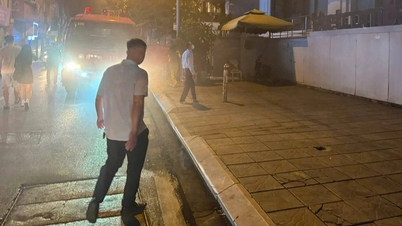

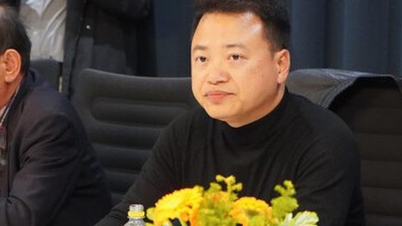


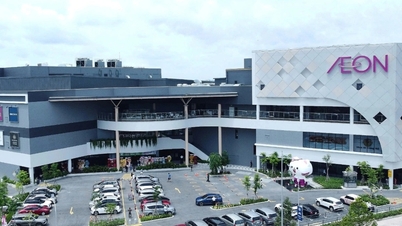
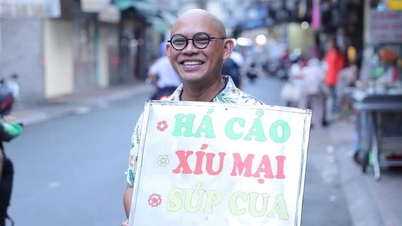

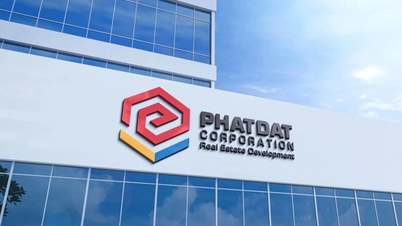





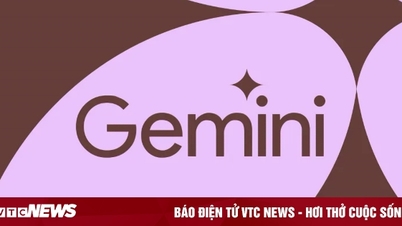
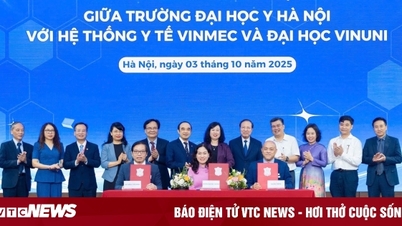

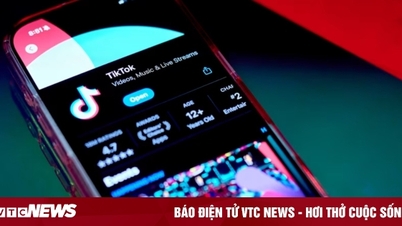


























![[VIDEO] Summary of Petrovietnam's 50th Anniversary Ceremony](https://vphoto.vietnam.vn/thumb/402x226/vietnam/resource/IMAGE/2025/10/4/abe133bdb8114793a16d4fe3e5bd0f12)

![[VIDEO] GENERAL SECRETARY TO LAM AWARDS PETROVIETNAM 8 GOLDEN WORDS: "PIONEER - EXCELLENT - SUSTAINABLE - GLOBAL"](https://vphoto.vietnam.vn/thumb/402x226/vietnam/resource/IMAGE/2025/7/23/c2fdb48863e846cfa9fb8e6ea9cf44e7)























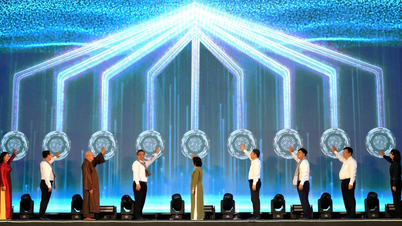
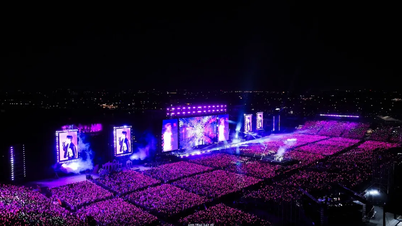








Comment (0)